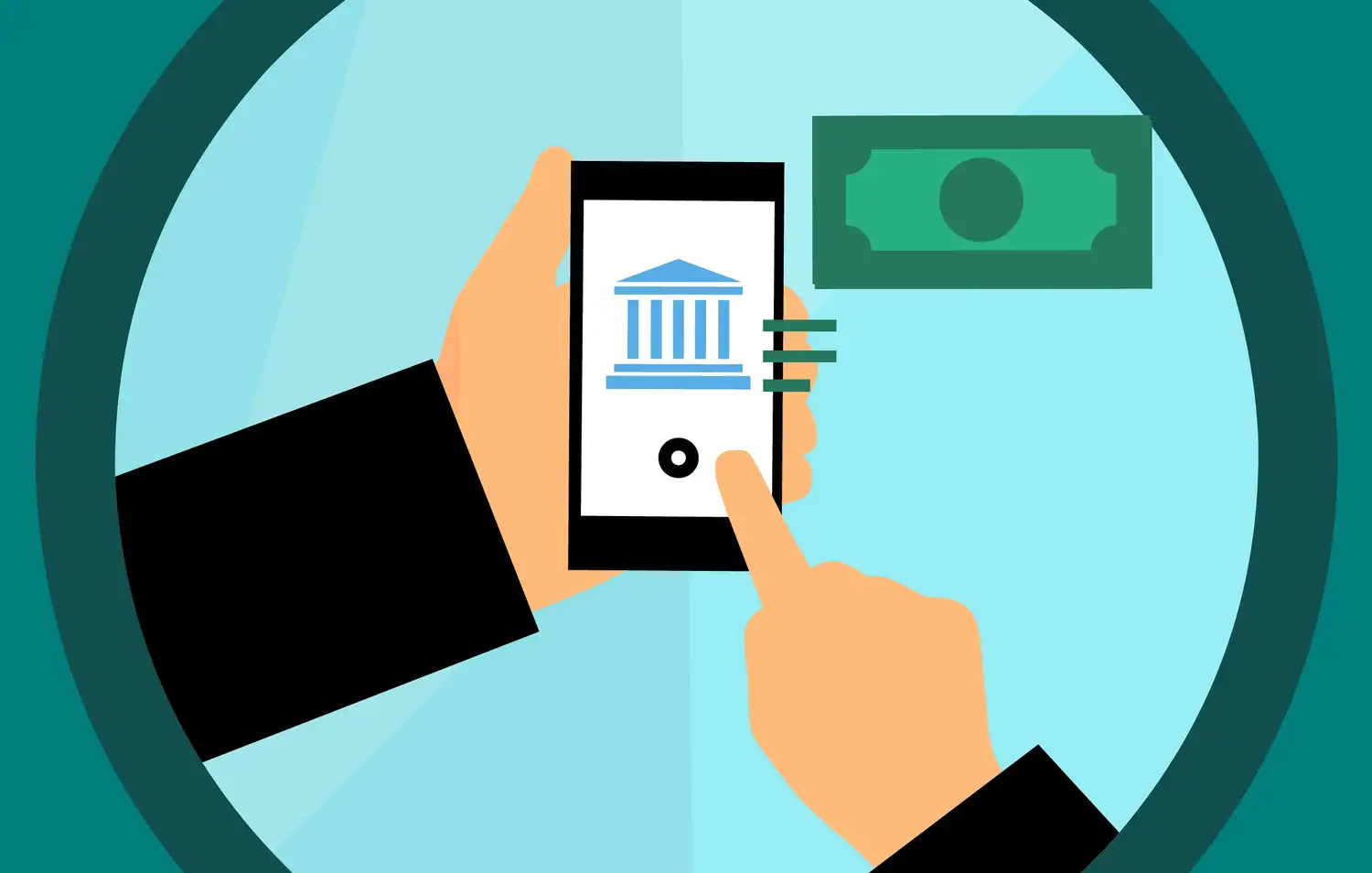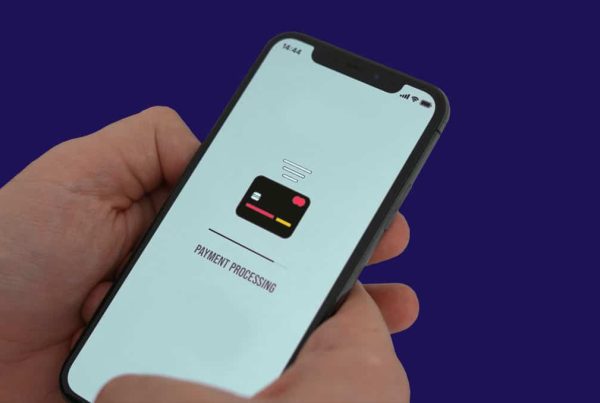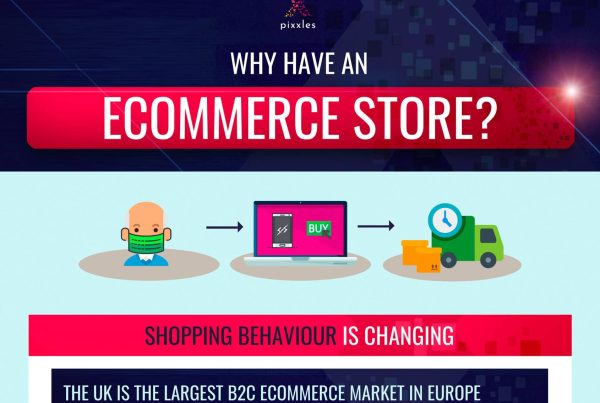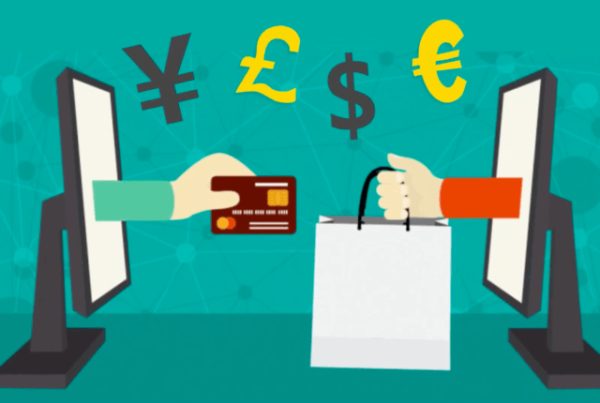Purpose: This article provides a simple overview of payment optimization for everyday readers.
Summary
Payment optimization makes the payment process better for merchants. Fantastic payment optimization minimizes transaction costs and errors, reduces fraud, and improves payment success rates.
The ability to streamline and optimize payments is important for businesses today.
In fact, payment optimization is central to staying competitive in a fast-paced economy with short attention spans and high demands.
But what is payment optimization exactly, and how does it work?
Keep reading to find out.
What Is Payment Optimization?
Payment optimization is a comprehensive, strategic approach that aims to enhance your business’s payment process by offering 3 benefits.
Efficiency, security, and convenience.
Payment Optimization: Simple Goals, Complex Tasks
There is a lot that goes into achieving the three payment optimization goals of efficiency, security, and convenience….Usually much more than people expect when they use a credit or debit card.
Normally, shoppers don’t dwell on the background details of how card and electronic payments work. But when something goes wrong (for instance, if a payment is declined), suddenly, the issue becomes much more relevant.
To keep customers satisfied and save money, merchants should follow some simple payment optimization steps.
To optimize a payment system, a business must ⬇️
1. Diversify Its Payment Options
This ensures a broader reach and more convenience for your customers.
2. Minimize Transaction Costs
You can minimize transaction costs by negotiating lower fees with payment service providers or using the most cost-effective methods for each transaction.
3. Reduce Transaction Failures
An optimized payment system reduces transaction failures and cart abandonment rates. Smart routing and data analytics play crucial roles in achieving this.
4. Mitigate The Risk of Fraud
Fraud management is another critical aspect of payment optimization, one that:
» Ensures the security of transactions, maintains customer trust, and reduces chargebacks.
5. Stay Compliant With Regulations
An optimized payment process is compliant with all relevant regulatory requirements, including data security standards.
» MORE: Read about how to pick the right payment platform for online sales
 Additional Details About How Payment Optimization Works
Additional Details About How Payment Optimization Works
In this section, we expand on topics like advanced fraud detection, localization of payment methods, mobile payment optimization, and more.
Advanced Fraud Detection
Without the ability to combat fraud, payment optimization doesn’t work. Fortunately, real-time fraud detection is now possible, thanks to machine learning algorithms.
These algorithms are trained to discern between regular and potentially fraudulent activities by analysing large data sets. Over time, they refine their understanding, allowing them to spot patterns or anomalies that may suggest fraud.
Fraud detection systems look for things like:
- Unusually large transactions
- A rapid succession of purchases
- Transactions from a drastically different location than normal
- Unusual user behaviour (Mouse patterns, typing speed, etc.)
To parse real potential threats from regular activity, fraud detection systems often assign a risk score to each transaction.
Transactions with high-risk scores can be flagged for further investigation or automatically declined.
» MORE: Read more about payment security for merchants
Localization of Payment Methods (Local Acquiring)
Different regions have different preferred payment methods, which is why optimizing for local payment methods is a good idea. This can increase your conversion rate, especially if your business operates internationally.
There is a lot that goes into local acquiring, but the core idea is to set up merchant accounts and payment processing solutions tailored to specific geographical regions.
Collaborating with local acquiring banks or payment processors gives you access to localized expertise and potentially improves connectivity to local payment networks.
These partners can help your business navigate tricky regional regulations, optimize transaction routing, and reduce processing costs.
Additionally, adapting payment interfaces and language options to align with local preferences can significantly impact the user experience. This means ensuring that translations are accurate and culturally relevant.
Mobile Payment Optimization
As more people switch to smartphones for online shopping, to stay competitive, businesses need to provide seamless mobile payments.
First and foremost, businesses could seriously benefit from integrating mobile wallets into their payment options. Mobile wallets like Apple Pay, Google Pay, and Samsung Pay offer customers an effortless and secure way to complete transactions.
Furthermore, payment forms should be designed to fit smaller screens. Ease of use is paramount; forms should be simple, intuitive, and require minimal typing to minimize errors and frustration.
Autofill features can expedite the process, and clear, concise instructions can aid in seamless navigation.
Checkout Optimization
Expanding on what we wrote above, another important area of focus is to reduce the number of steps needed to complete a purchase. Likewise, it’s a good idea to offer guest checkout options.
Partnering with Payment Providers
Payment service providers often have resources that can help businesses optimize their payment processes.
This can include providing access to a wider range of payment methods, offering lower transaction fees, or providing tools and support for fraud management.
Pre-Authorization
Part of payment optimization is pre-authorization, which means verifying a payment method before a transaction is made.
To verify a payment method, a small authorization amount is sent, which is then reversed if approved.
Cardholder Validation
Payment optimization requires merchants to implement a strong yet user-friendly authentication method, such as 3D Secure 2.0.
Two-factor challenges to maximize security may also be used….Although the balance between security and a smooth user experience is essential for effective payment optimization.
Payment Routing
Smart payment routing minimizes transaction failures and costs.
Routing should be dynamic and take into account factors such as:
- The type of card used
- Geographical location
- The success rates of different payment service providers
- Real-time factors, such as network latency or downtime of certain processors
Data Collection
Data collection provides valuable payment optimization insights.
These include a better understanding of customer preferences, as well as understanding the most common reasons for payment declines.
There are many aspects to data collection. It’s a very in-depth field.
~Data collection is widespread.
» MORE: Read more about how to respond to a cardholder data breach
Fee Solutions
Managing your transaction fees will likely save your business money unless you’re already keeping a close eye on them.
To find the best rates, you might consider negotiating with different payment providers and consider the use of least-cost routing.
You can see our fees on our Payment Processing Pricing page.
Payment Orchestration and Payment Optimization
Payment orchestration can be a powerful tool for achieving payment optimization. This is especially true as businesses grow and their payment operations become more complex.
What Is Payment Orchestration?
Payment orchestration is a system or platform that simplifies the handling of various payment services, gateways, and methods, all from one central point.
The concept is often associated with payment orchestration platforms (POPs) or payment orchestration layers (POLs).
This isn’t as complicated as it sounds.
Simply put, payment orchestration is akin to having a conductor (the payment orchestration layer) leading an orchestra (the different payment systems) to play in harmony.
Benefits of Payment Orchestration
- Flexibility and Scalability – Payment orchestration allows businesses to adapt quickly to market changes, customer needs, or regulatory requirements. Since payment orchestration supports multiple PSPs and payment methods, businesses can diversify their payment options more easily.
- Optimized Payment Routing – A payment orchestration platform can dynamically route transactions to the most appropriate provider or gateway. Factors to consider are the transaction cost, location, currency, or the type of payment method used. This type of smart routing can help improve transaction approval rates and save your business money.
- Reduced Complexity – Managing all payment-related operations through a single platform allows businesses to do two things. One, streamline their workflows. Two, reduce the complexity of dealing with multiple PSPs, gateways, and banking partners.
- Enhanced Reporting and Analytics – Payment orchestration platforms usually come with advanced reporting and analytics features. This provides businesses with valuable insights into potential areas for improvement.
- Risk Management and Fraud Detection – Some payment orchestration platforms offer features for risk management and fraud detection. These include machine learning algorithms that can identify suspicious transaction patterns.
What All Goes Into Payment Optimization?
Payment optimization is a broad subject that takes into account several subcategories and elements.
Here’s an extensive list of them:
*Not all of these elements are directly involved in optimizing payments for all businesses. The relevance of each item depends on the business.
- Payment Service Providers (PSPs)
- Payment Gateways
- Merchant Accounts
- Credit Cards
- Debit Cards
- Prepaid Cards
- Mobile Payments
- Contactless Payments
- Near Field Communication (NFC)
- QR Code Payments
- Mobile Wallets (Apple Pay, Google Pay, etc.)
- Cryptocurrency Payments
- Peer-to-Peer (P2P) Payments
- Automated Clearing House (ACH) Payments
- Wire Transfers
- Internet Banking
- Payment Orchestration Platforms (POPs)
- Payment Routing
- Multi-currency Processing
- Dynamic Currency Conversion
- Payment Security
- SSL Certificates
- PCI-DSS Compliance
- 3D Secure
- Two-factor Authentication
- Biometric Authentication
- Fraud Detection Systems
- Risk Management
- Chargeback Management
- Dispute Resolution
- Payment Analytics
- Customer Data Management
- Transaction Failure Analysis
- Cart Abandonment Solutions
- Conversion Rate Optimization
- UX/UI Design for Payment Interfaces
- Subscription Payments
- Recurring Billing
- Invoice Payments
- Payment Processing Fees
- Interchange Fees
- Payment Regulations (PSD2, GDPR, etc.)
- Real-time Payments
- Direct Debit
- E-wallets (PayPal, Venmo, etc.)
- Point of Sale (POS) Systems
- EMV Compliance
- Payment Processing Software
- Payment Aggregators
- Omnichannel Payment Solutions








